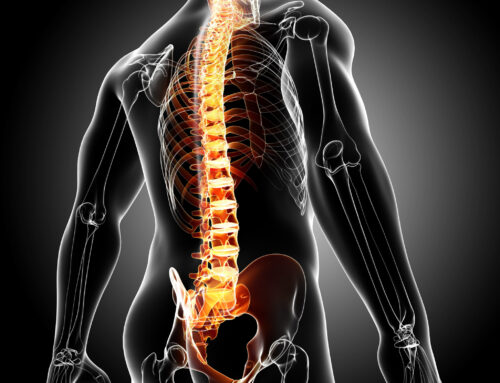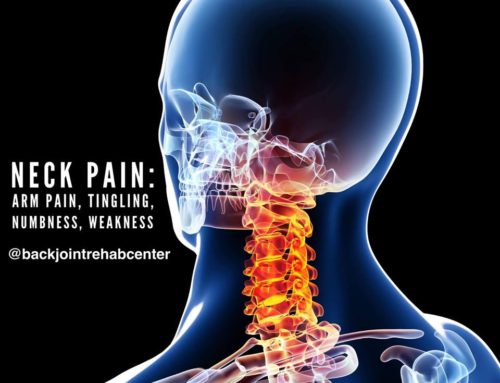Listening to the Patient
Patients choose to go to the doctor when they are having a problem and have not been able to self-improve. The severity of the problem whether determined by symptoms or functional loss has prompted the patient to seek help. However, many patients do not know where to seek help regarding their specific problem. Some may overly-respond the situation because of the pain intensity and think that the ER is appropriate. Other patients choose to live with the pain because they believe everyday pain is supposed to be a part of their lives. Many patients do not know if medication, imaging, surgery, injections, or other further diagnostic testing is necessary or required.
This can be a scary time for patients because they are in pain and want to get out of pain as quickly as possible. Therefore, they are limited in time to fully research and understand their own situation/problem appropriately. The patient’s focus becomes on pain relief and patients are willing to try anything and everything, even if it does not help.
Like most systems, there is a hierarchy of order to denote the corresponding level of service and need to match the severity of their problem. The healthcare system is no exception. Prior to determining what is necessary or required for resolving your physical complaint, a comprehensive history and examination is necessary to better understand how your conditions responds. Like most physical ailments, the pain or problem is consistent with the way you move to provoke or reduce your symptoms.
In your history, the patient reveals important information that describes how their symptoms behave with daily activities, recreational activities, or occupational activities. The ability to understand the history with symptom response in regards to movement or posture will lead the examination to helpful orthopedic, neurological testing, or diagnostic imaging. The ability to reproduce symptoms demonstrates reliability in understanding what structures or mechanics are involved and what type of care is necessary to resolve the ailment.
The physical exam is an assessment that reveals pain/symptom response in how it behaves.
-
Constant Pain or Intermittent Pain
-
Consistent Pain or Random Pain
-
Pain Travels, Moves, Shoots Down Arm/Leg or Pain Localized
-
Pain Worsening, Improving, or Unchanging
In understanding the pain response, the patients can be educated in what provokes their conditions. In addition, patients are given therapeutic exercises that help resolve their conditions including postural correction with sitting or standing. Therefore, the patient can benefit from both perspectives. First, temporarily limit the provoking movements and, secondly, temporarily increase the movements that reduce the symptoms. By adding postural correction, patients also learn how to posture themselves to further reduce symptoms.
In times of severe pain, where the patient cannot tolerate the intensity, pain medication may be given to temporarily reduce the pain intensity. However, the patient should be recommended to collaboratively perform active therapeutic exercises that specifically address the complaint. General exercise is great for healthy populations, but for people who have ailments, a more specific approach to exercises is needed prior to returning to recreational exercise. The medication is adjunct to the therapeutic exercises or vice versa.
The symptoms reveal everything about the patient’s complaint. The physical exam has to demonstrate a correlation with the past health history, current health history and have a formulated an expected response to care. The patient is the most important part to the physical exam. Listening to the patient express their history, and engaging in conversation to understand the complaint is one of the most important factors in the exam.
If you Struggle with Spine Pain, Sciatica, Disc Bulge, or Joint Pain, Please Give Us a Call. We are Here to Help You.
(219)-310-8822
WE ARE DEDICATED TO GET YOU
BETTER THROUGH
MOVEMENT…






